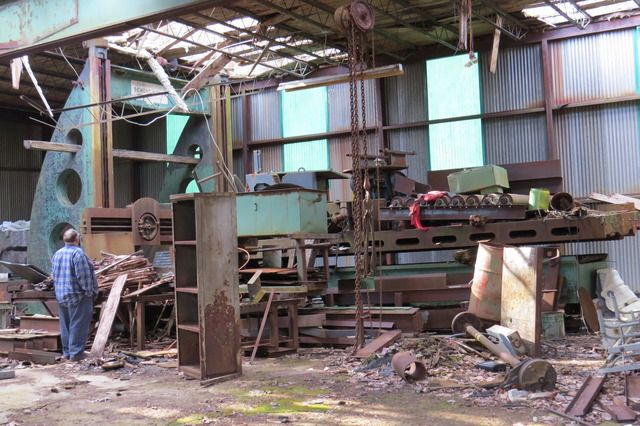Jim Christie
Titanium
- Joined
- Mar 14, 2007
- Location
- L'Orignal, Ontario Canada
I’m not sure if there has been a link posted to this catalogue some where before a search gave me too many possibilities to try so sorry if it is a repeat.
Niles-Bement-Pond Company Machine Tools Catalogue 1903
Machine tools / Niles-Bement-Pond Company. - Full View | HathiTrust Digital Library | HathiTrust Digital Library
They appeared to be dealers for Pratt and Whitney machines as well as the larger machines that the built them selves.
Here are a few highlights .
The Section on Lathes Starts here with the Pratt and Whitney 7 x 32” bench Lathe
Machine tools / Niles-Bement-Pond Company. - Full View | HathiTrust Digital Library | HathiTrust Digital Library
Scroll down for other Pratt and Whitney Lathes
Heavy Engine Lathes by Pond Machine Works starts here
Machine tools / Niles-Bement-Pond Company. - Full View | HathiTrust Digital Library | HathiTrust Digital Library
Planers start here
Machine tools / Niles-Bement-Pond Company. - Full View | HathiTrust Digital Library | HathiTrust Digital Library
P & W Hand Milling Machines Start Here
Machine tools / Niles-Bement-Pond Company. - Full View | HathiTrust Digital Library | HathiTrust Digital Library
There are some 700 pages + index so I have not looked at it all.
Regards,
Jim
Niles-Bement-Pond Company Machine Tools Catalogue 1903
Machine tools / Niles-Bement-Pond Company. - Full View | HathiTrust Digital Library | HathiTrust Digital Library
They appeared to be dealers for Pratt and Whitney machines as well as the larger machines that the built them selves.
Here are a few highlights .
The Section on Lathes Starts here with the Pratt and Whitney 7 x 32” bench Lathe
Machine tools / Niles-Bement-Pond Company. - Full View | HathiTrust Digital Library | HathiTrust Digital Library
Scroll down for other Pratt and Whitney Lathes
Heavy Engine Lathes by Pond Machine Works starts here
Machine tools / Niles-Bement-Pond Company. - Full View | HathiTrust Digital Library | HathiTrust Digital Library
Planers start here
Machine tools / Niles-Bement-Pond Company. - Full View | HathiTrust Digital Library | HathiTrust Digital Library
P & W Hand Milling Machines Start Here
Machine tools / Niles-Bement-Pond Company. - Full View | HathiTrust Digital Library | HathiTrust Digital Library
There are some 700 pages + index so I have not looked at it all.
Regards,
Jim





